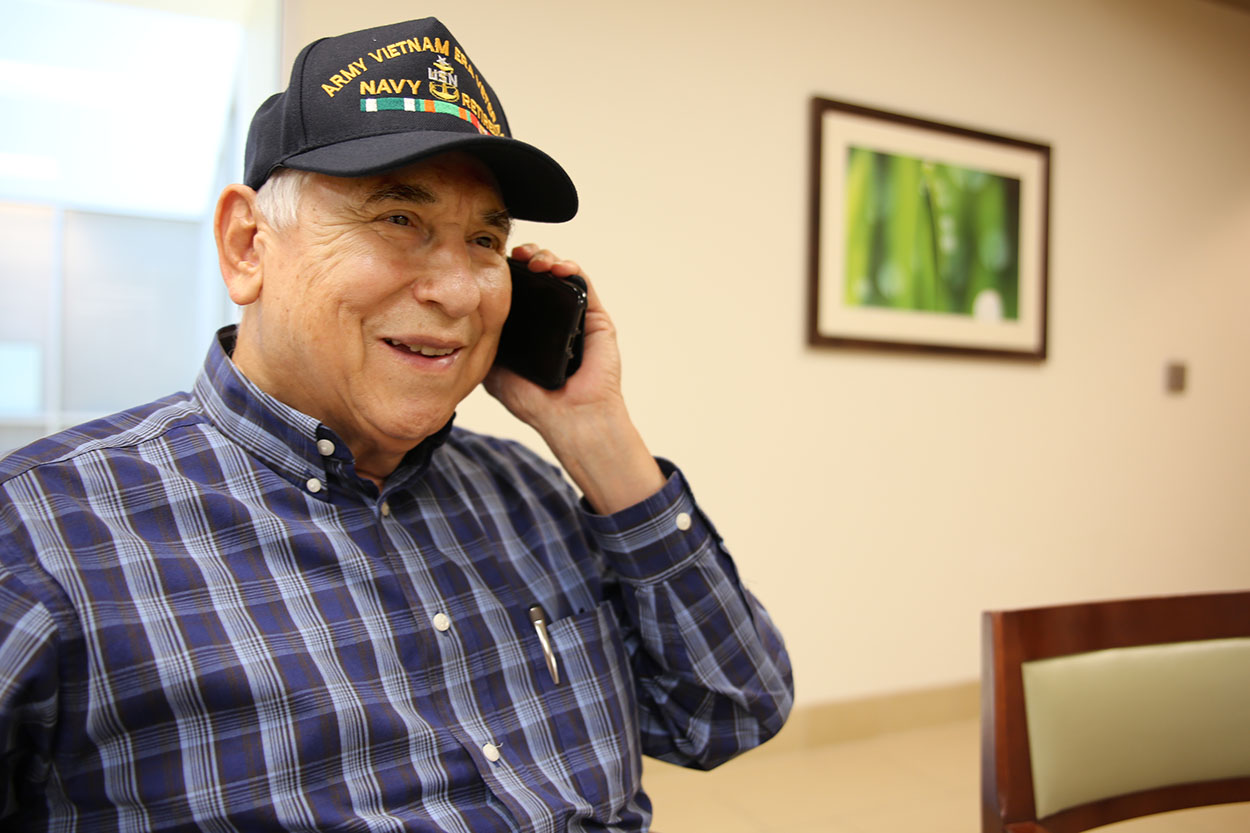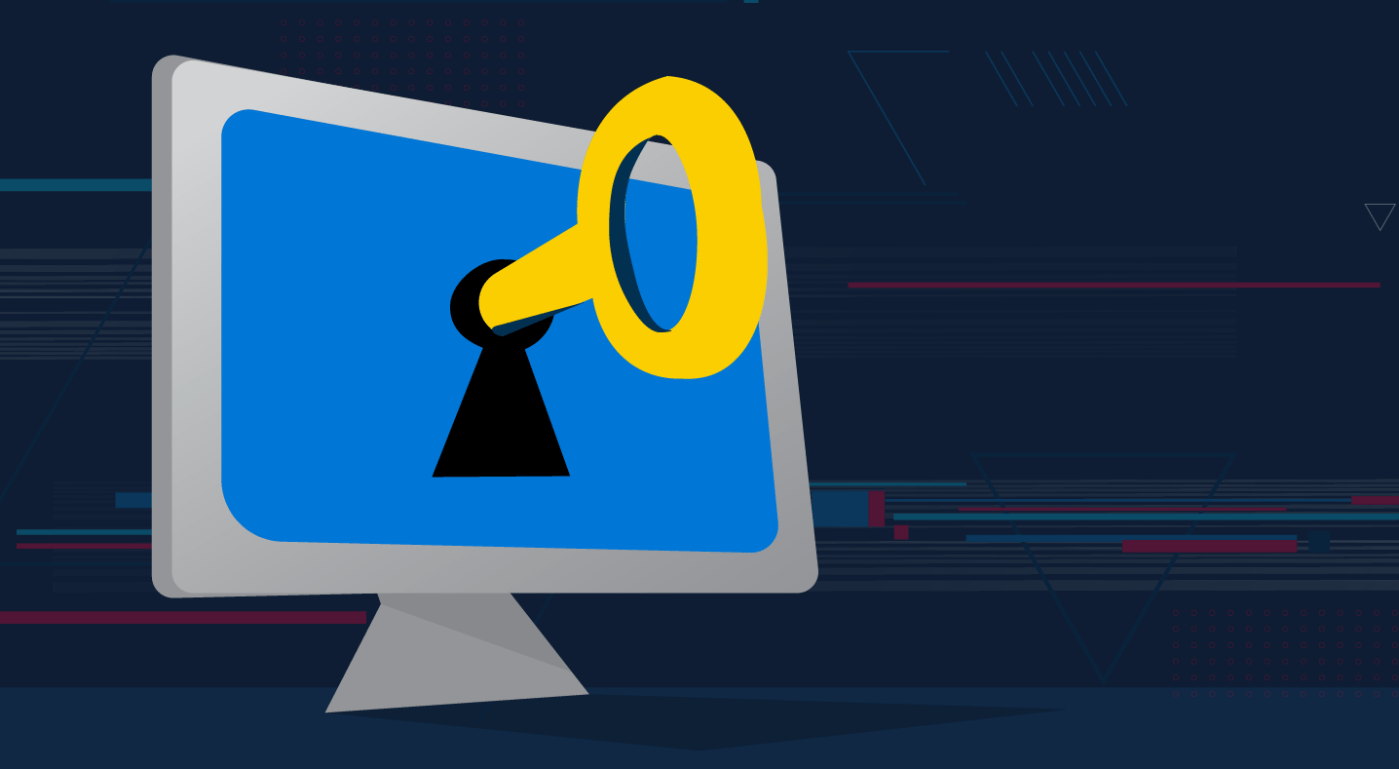HARLINGEN, Texas – A recent study published in the Journal of the American Medical Association (JAMA) shows VA significantly reduced wait times for Veteran patients in primary care and three specialty care services between 2014 and 2017.
The study, titled “Comparison of Wait Times for New Patients Between the Private Sector and United States Department of Veterans Affairs Medical Centers,” compared wait times between VA and private-sector clinicians in 15 major metropolitan areas for appointments in primary care, dermatology, cardiology and orthopedics.
For all specialties except orthopedics, VA wait times were similar to private-sector wait times in 2014, and were shorter in 2017.
“Since 2014, VA has made a concerted, transparent effort to improve access to care,” said VA Secretary Robert Wilkie. “This study affirms that VA has made notable progress in improving access in primary care, and other key specialty care areas.
“This progress represents another reason Veterans Choose VA for their health care, following on a recent Dartmouth study that found VA medical centers ‘outperform private hospitals in most health care markets throughout the country,’ and the Partnership for Public Service ranking VA as one of the top 6 Best Places to Work in the federal government.”
According to the JAMA study, average wait time in 2014 for a VA appointment in one of these specialties was 22.5 days, compared with 18.7 days for private-sector physicians. In 2017, the average VA wait time was 17.7 days, while the private-sector average was 29.8 days. That translates to a shorter average wait time of 12 days in VA, compared with the private sector.
Primary care, dermatology and cardiology wait times were all shorter than in the private sector in 2017. While orthopedic wait times were longer for VA in both 2014 and 2017, they did decrease during the study period. According to the study, the number of patients seen yearly in VA increased slightly between 2014 and 2017, to around 5.1 million. VA patient satisfaction has also risen, according to patient surveys cited in the study.
Some VA employees believe the VA’s continual reduction in wait times for Veteran patients is due in part to the implementation of programs at the national and local-levels.

VCB Call Center photo collage featuring VA employees during a training scenario held June 21, 2018, at the VA Health Care Center at Harlingen, Texas. (VA photo by Luis H. Loza Gutierrez)
For example, in the southern tip of the Lone Star State the Texas VA Texas Valley Coastal Bend Health Care System (VCB) has created a call center.
“We feel that the VCB Call Center has definitely helped reduce wait times for many of our Veteran patients because of the services we have trained and empowered our staff to do for our Veterans,” said Sarah Luna VCB Call Center supervisor.
“The VCB Call Center provides primary and specialty care scheduling, direct scheduling, message relay, and preliminary customer service for any of our assigned medical facilities. In other words, the call center serves as an option or tool for our Veterans to get scheduled appointments and services faster.
Local Veterans like retired Navy Senior Chief Petty Officer Joe Calvillo appear to agree with Luna.
“Getting an appointment or rescheduling one is significantly faster,” said the former sailor and soldier. “Calling the [VCB Call Center] phone line means I don’t have come in and wait to speak to someone in person for help because it can now be easily done over the phone.”
Luna added that VCB Call Center was created with their Veterans needs in mind.
“We are here to try and make things easier for our Veterans. That’s why our call center motto is, “Answering the call of those who have served.”’
MyHealtheVet and VEText are two of the national-level programs that many VA employees believe to have contributed to the reduction as well.
MyHealtheVet is a web-based platform used by Veterans which enables them to contact their medical staff team, re-order prescriptions, and a number of other tasks.
In 2017, My HealtheVet debuted its online scheduling tool, which allowed Veterans to schedule, modify, or cancel their appointments online. Veterans can also view appointment details, track the status of their requests, and set up VA appointment email notification reminders. Each new update is an attempt to improve access to care and respond to patient needs and feedback.
The 15-year anniversary of the VA web-based platform was recently celebrated by the VA in November 2018. Today My HealtheVet has more than 4.5 million registered users, who have refilled over 127.7 million prescriptions, downloaded more than 31.8 million Blue Button reports, and exchanged more than 69.4 million Secure Messages with their VA health care teams.
VEText is the newer of the two fore mentioned nation-wide programs.
VEText is an automated, interactive text messaging system that reminds Veterans of upcoming appointments, and gives them an easy way to confirm or cancel appointments with a simple text message reply. VEText is integrated with VA’s electronic health-records system and does not require manual action by VA staff. Appointments are automatically scheduled and canceled via text message, freeing staff to provide more personalized care to Veterans.
Veterans now have the option of downloading the text reminder to a calendar file on their phone.
“This program is both convenient and effective,” said VCB’s chief of Health Administration Services, Efren Cerda-Cantu. “We listened to our Veterans, and we understand it can be difficult to manage several health care appointments at one time. That’s why this advancement is so important.”
VEText does not show personal information on a Veterans cell phone. It will only send simple reminders of appointments and offer tools to manage them. The texts reminders will occur automatically and there is no need to opt-in to the program if a Veteran has already provided an active cell phone number to VA staff. Veterans may also “STOP” the reminders by following the instructions within the text.

Graphic showing sample text message that Veterans will receive using VEText. (VA graphic by Reynaldo Leal)
As a whole, the new system is helping the Veterans Health Administration (VHA) reduce no-show medical visits by more than 100,000 across the country.
According to the VHA Office of Veterans Access to Care, as of July 9, 2018, more than 3.24 million patients have received VEText messages and canceled 319,504 appointments, freeing up time slots for other Veterans to use.
“VEText has changed the way we communicate with our Veteran patients,” said John Ullyot, VA assistant secretary for public and intergovernmental affairs in an official VA press release in July 2018. “Veterans appreciate the convenient, user-friendly system and understand this technology not only helps them, but their fellow Veterans as well.”
For more information about VEText, My HealtheVet or VA access to health care visit their respective sites by using the links below:
My HealtheVet
https://www.myhealth.va.gov/mhv-portal-web/home
VEText
https://www.va.gov/HEALTH/VEText.asp.
VA access to health care
www.va.gov/health-care/about-va-health-benefits/
(Information compiled from multiple VA sources, news stories and press releases were used in the creation of this article.)
Topics in this story
More Stories
Hear from VA Deputy Chief Information Security Officers as they give insights on what the Veteran community should know about online safety—including tips to keep your family and loved ones safe online.
Social Media shops are available on every major platform. Knowing the privacy risks of online shopping can help you stay safe this holiday season.
As you get ready for the holidays, keep online safety in mind to avoid any unwanted surprises.







